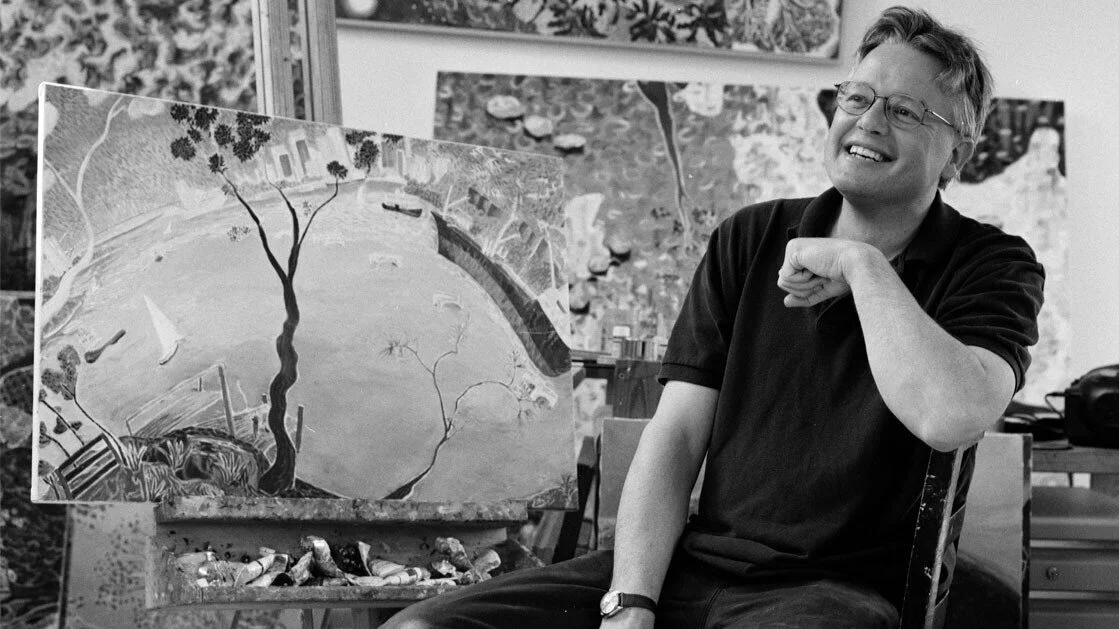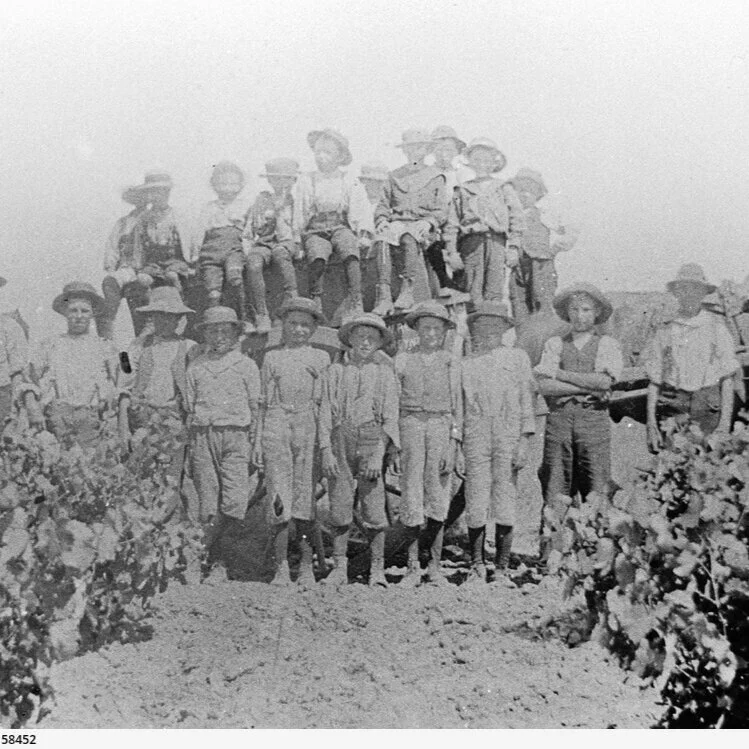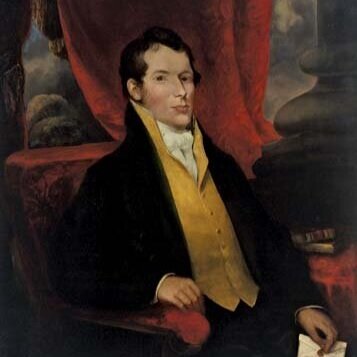▻ Australia's Extraordinary Wine History
In conversation with Andrew Caillard MW
Episode Summary:-
Jane Anson, Bordeaux expert, talks to Andrew Caillard MW, who has been at the centre of the Australian wine scene for over 40 years. His great-great-great grandfather, John Reynell planted the first commercial vineyard in South Australia, and though Andrew was brought up and educated in England, he returned to Australia and attended Roseworthy to pursue a career in wine. He talks to Jane about how the Australian wine industry evolved, the stories behind how the vines came to Australia, and the extraordinary characters who shaped the industry. They discuss the links between Cabernet Sauvignon in Bordeaux and Australia, and explain how the variety's importance was overstated both in Bordeaux and Australia, with Australian “Claret” and Australian “Burgundy” actually referred to styles of wine, rather than reflecting the grapes they were made from.
““If the Monty Python crew had known their history, Australian wine wouldn’t have got such a bad reputation.””
Running Order:-
-
0.00 – 14.30
How Australian table wine was the toast of London until a legal act in 1924 changed the course of the Australian wine industry
"Bordeaux wines were coming into Sydney before Shiraz was planted"
Andrew Caillard discusses his early career and describes how Australia winemakers changed from making table wine to fortified wine, due to the Wine Export Bounty Act of 1924. Prior to this Australia had a long history of exporting wine to Britain under names such as Emu Burgundy and Tintara. In the 1950s and 1960s there was a movement back to making table wine with Penfolds a leading brand. The recession in the late 1980s and the Australian dollar decline leads to consumers looking for an alternative to Bordeaux and Burgundy. Andrew and Jane discuss how this coincides with a period of great creativity within the industry and the great boutique names of today coming to the fore. -
14.30 – 25.00
How Cabernet Sauvignon arrived in Australia
"Sir William Macarthur understood whatever he had wasn't good enough and wrote to Barton and Guestier in 1836"
While Cabernet Sauvignon is one of the world's most renowned grapes, it was not the case back in the 19th century. Jane and Andrew explain how Cabernet Sauvignon was then a struggling grape variety both in Bordeaux and Australia. They discuss how the first Cabernet Sauvignon cuttings came to Australia and how John Macarthur and his son, Sir Willaim Macarthur, collected vine cuttings from France and brought them back to Australia, only to realise they had been duped. Sir William Macarthur writes to Barton and Guestier leading to Jane and Andrew deliberate whether the genetic material could be from Ch Leoville Barton. -
25.01 – 37.17
Cabernet Sauvignon wasn't labelled as Cabernet Sauvignon, the wines were blended and called Claret.
Both Bordeaux and Australia were still experimenting with grape varieties at the same time. Jane talks about how there is little old Cabernet Sauvignon in Bordeaux (Mouton Rothshcild being an exception). In Australia Grenache, Mourvedre and Shiraz are the cash crops of the day.
RELATED POSTS
Keep up with our adventures in wine








Wine map guru Chris Foulkes talks about the history of wine maps, and Jane Anson’s new terroir maps of Bordeaux.